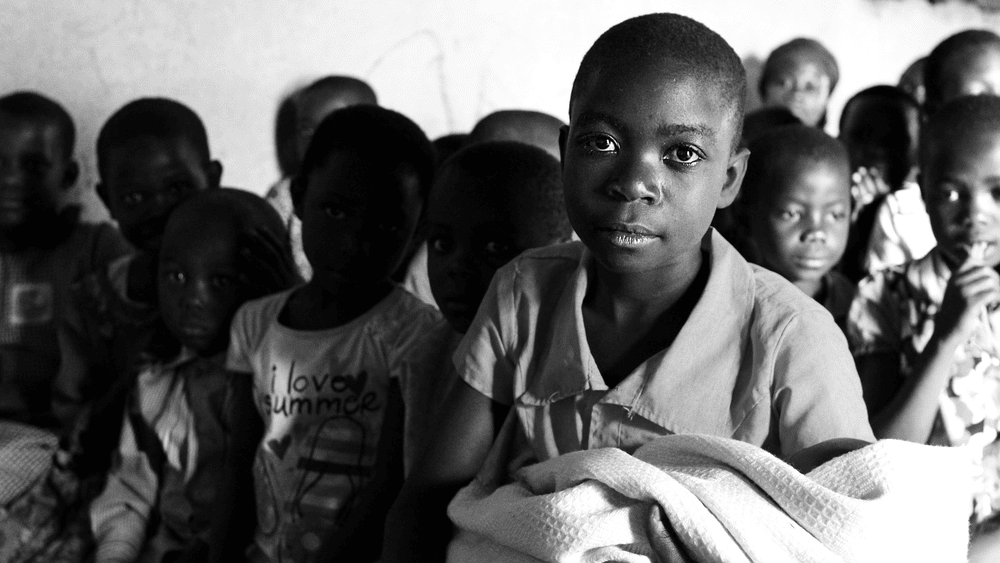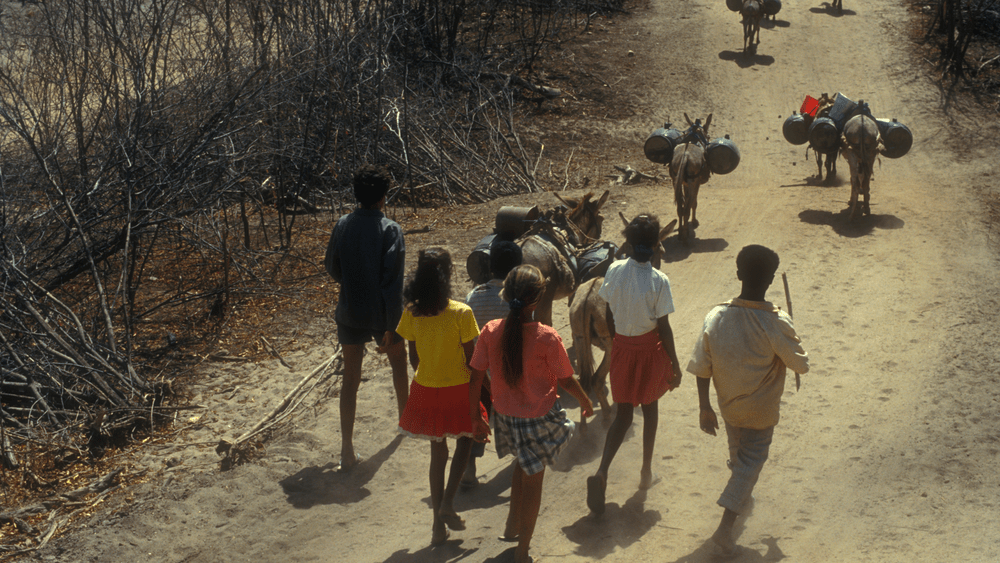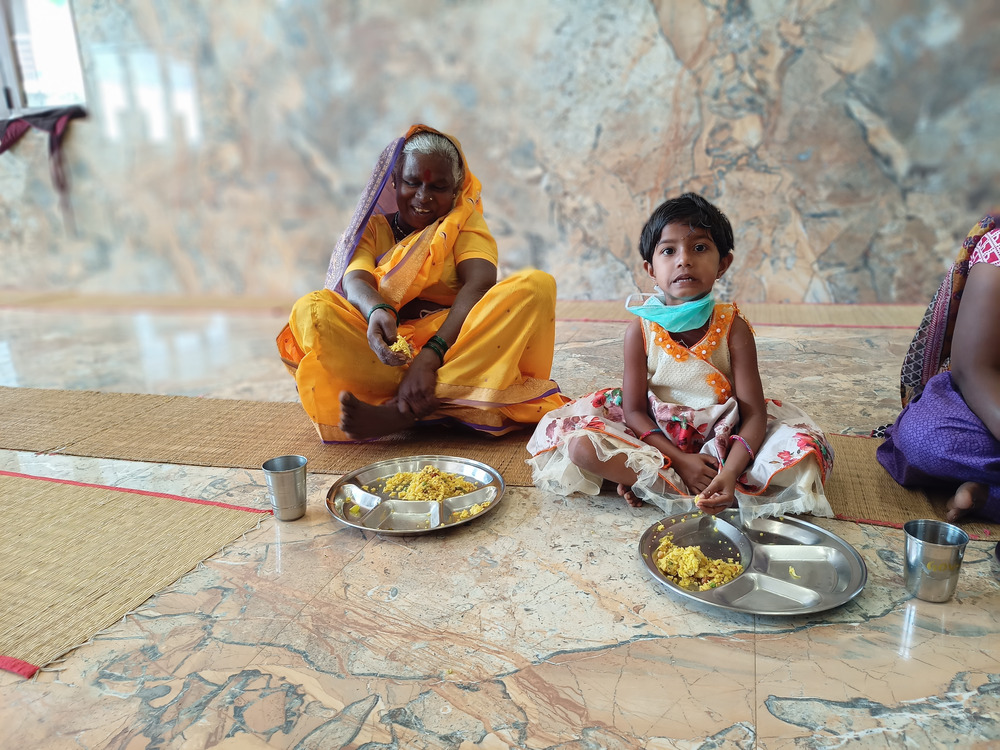The State of Food Security and Nutrition around the World (SOFI) estimates that as many as 161 million people were hungry throughout 2019 and 2020, pushing the global number of individuals experiencing food insufficiency to 811 million, as a result of the COVID-19 pandemic. In the first year of the COVID-19 epidemic, around one in ten people worldwide slept without getting adequate nutrients.
Africa is severely impacted
A total of 282 million people, or nearly 21% of the population of the continent of Africa, experienced hunger in 2020. After the outbreak, 46 million people in Africa went hungry between 2019 and 2020. No other area in the world has a higher proportion of its people experiencing food insecurity.
Additionally, a sizable portion of household income in Africa is spent on food. Food costs comprise 17% of expenditures in affluent nations, but 40% in sub-Saharan Africa, according to a recent Financial Times note that cited estimates from the IMF.
Hunger in Africa is a devastating reality that has been plaguing the continent for decades. Hunger in Africa not only affects individuals and families but also has an immense impact on the region’s economic growth and development. This article will provide an overview of hunger in Africa, its causes, and its effects on the region. We will also discuss some of the world hunger statistics related to African countries, as well as potential solutions to combat this issue.

Vulnerable African Children affected hunger and malnutrition
Despite its natural beauty and richness, the African continent is currently experiencing a major food crisis. The continent is home to more than 1.2 billion people and more than 50 nations, many of which have widespread child hunger. This is primarily due to poverty, which is a result of ongoing hostilities that have caused economic instability, a lack of access to potable clean water and sanitary facilities, and extreme hunger levels.
Globally, a child dies of hunger every three seconds, which equates to 10,000 kids per day. Child undernutrition accounts for roughly 45% of under-5 child mortality in low- and middle-income nations. Micronutrient deficiencies in Africa are to result for one-third of all child fatalities. Poverty and income inequalities are the primary causes of access to food. In 2015, it was projected that 41% of people in sub-Saharan Africa lived in extreme poverty. Children are especially vulnerable to poverty. In 2013, it was projected that 49% of children in sub-Saharan Africa lived in extreme poverty.
Vulnerable children
Somalia
In Somalia, one in six vulnerable children under the age of five suffer from the most severe type of acute malnutrition as the country begins to run out of time to stave off famine.
South Sudan
Approximately half of the population in South Sudan is food insecure, making the hunger problem there particularly severe. Nearing famine, 1.7 million people are experiencing emergency levels of hunger. Acute malnutrition affects around a million vulnerable children under the age of five.
Ethiopia
More children are still suffering as a result of ‘s worst drought in more than 50 years. The risk of catastrophic hunger and malnutrition still exists for millions of families that depend on rain to raise crops for food and cash. The nation also hosts one of the biggest populations of refugees.
Nigeria
1.9 million people are currently in need of immediate humanitarian aid as a result of fighting and displacement, which has left countless families without food or other essentials.

How Climate Change is Exacerbating the Hunger Crisis
Climate change is a global issue that is having a devastating impact on the world’s food supply. It is exacerbating the hunger crisis, leading to an increase in food insecurity and malnutrition in many countries.
The effects of climate change on food security are far-reaching and can be seen in both developing and developed countries.
The primary cause of the current hunger crisis is the disruption of traditional agricultural practices due to extreme weather events caused by climate change.
Farmers are facing increasingly unpredictable rains, floods, droughts, heat waves and other extreme weather events that have made it difficult for them to grow enough food for their families and communities. This has led to an increase in food prices, creating a vicious cycle of poverty and hunger.
Climate change is having a devastating effect on the world’s poorest countries, particularly in Africa. In Nigeria, Somalia, Kenya, Ethiopia and the Sahel region of Africa, climate change is exacerbating an already dire hunger crisis.
Rising temperatures and changing rainfall patterns are making it harder for farmers to grow enough food to feed their families. As a result, millions of people are facing extreme levels of food insecurity.

What are the Solutions to Alleviate Hunger & Promote Food Security?
Hunger and malnutrition are some of the most pressing global issues of our time. There is an urgent need to find solutions to reduce hunger and promote food security in order to ensure the health, safety, and well-being of all citizens.
This requires a multifaceted approach that includes providing access to nutritious foods, improving agricultural production, and investing in nutrition education programs.
The African continent is particularly affected by hunger and malnutrition due to its low agricultural productivity levels, lack of access to nutritious foods, and high poverty rates.
To address this issue, it is important for governments to invest in initiatives that promote sustainable agriculture practices, improve access to markets for smallholder farmers, increase the availability of nutritious foods in rural areas through food assistance programs, and provide nutrition education programs that teach proper nutrition habits.
These solutions can have a positive impact on reducing hunger and promoting food security worldwide. By investing in these initiatives now we can help ensure a more secure future for generations to come.

Existing Programs Aimed at Eradicating Hunger & Poverty
There are many programs aimed at eradicating hunger, from farming projects to plant-based education to gardening programs. Each of these programs has its own merits, and there is no one-size-fits-all solution to hunger. However, there are some commonalities among successful hunger eradication programs.
First, successful programs tend to focus on education and raising awareness about hunger and food insecurity. They also work to provide access to nutritious food, whether through farming projects or food relief programs. Finally, successful programs also involve the community in the solution, so that everyone has a stake in eradicating hunger.

How we can help
Food for Life Global is an international nonprofit organization committed to ending world hunger. We operate in over 60 countries and serve millions of meals each day. In addition to providing food relief, we also work to address the root causes of hunger and poverty. Our programs include food security, sustainable agriculture, and economic development.
We have a strong focus on capacity building and train local people to run their own food security and agriculture programs. This helps to ensure that their work is sustainable and that communities are empowered to end hunger in their own countries.
The Food for Life Global Gardening Project is a food security and livelihoods program that works to improve the lives of small-scale farmers in Uganda. The project provides seeds, tools, and training to participating farmers, enabling them to grow more food and improve their incomes. The Food for Life Global Gardening Project is just one example of the many programs aimed at improving food security and alleviating poverty around the world.
We also provide plant-based nutrition education to help people understand the links between diet and health, and how a whole food, plant-based diet can prevent and reverse chronic diseases.

Join us and Donate to Africa
Hunger is a major problem in Africa, and it is getting worse. The causes of hunger are complex, but include things like poverty, drought, conflict, and climate change. Every day, millions of people in Africa go to bed hungry. This is a problem that can be solved, but it will require the efforts of many people. You can help by donating to organizations such as Food for Life Global.
Even a small donation can make a big difference in the lives of those who are struggling to get enough to eat. You can make a one-time donation or a monthly giving to help make a sustained difference. We accept donations in the form of cash, check, and credit card. You can also donate stock and cryptocurrency for easy donation. Thank you for your support!




